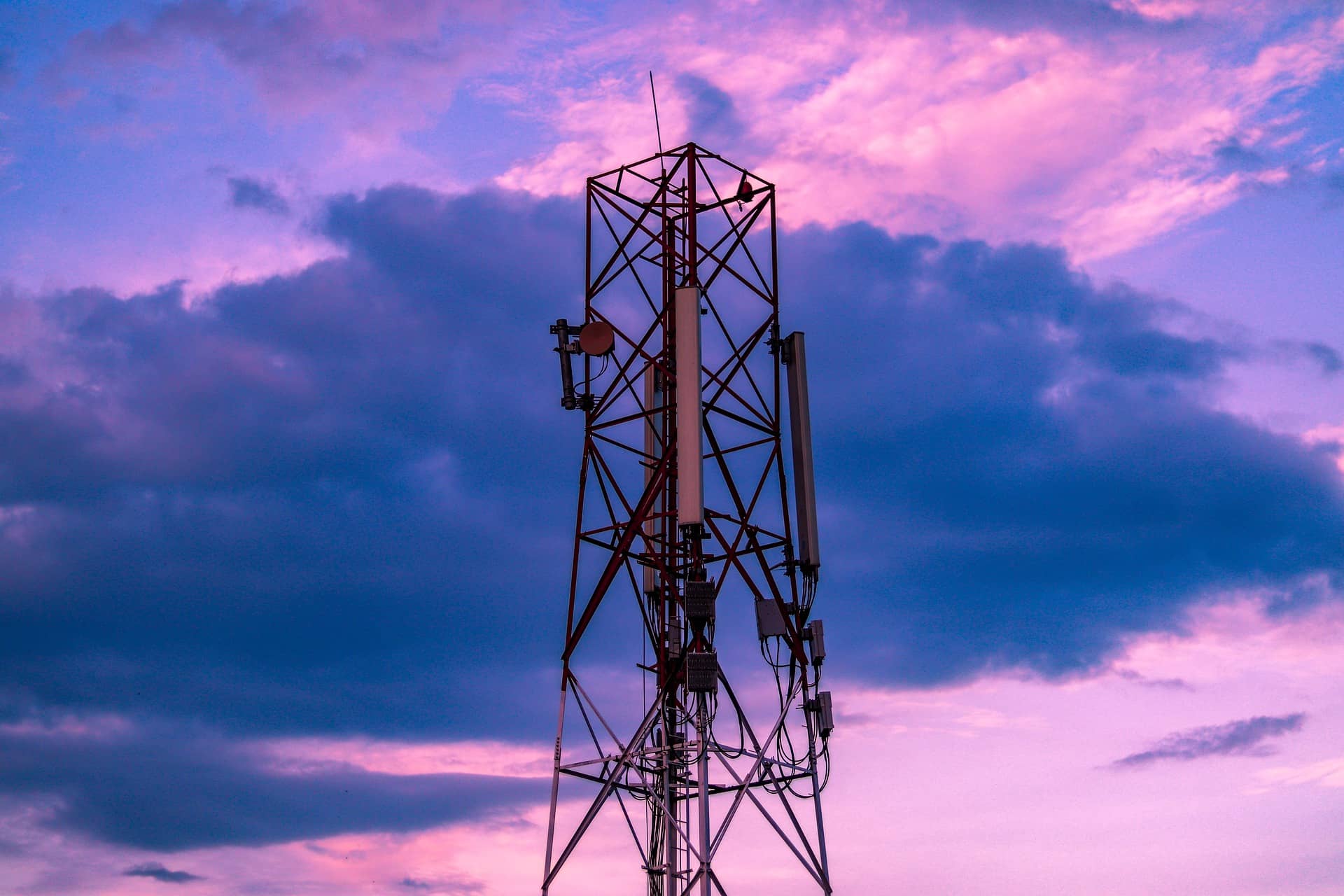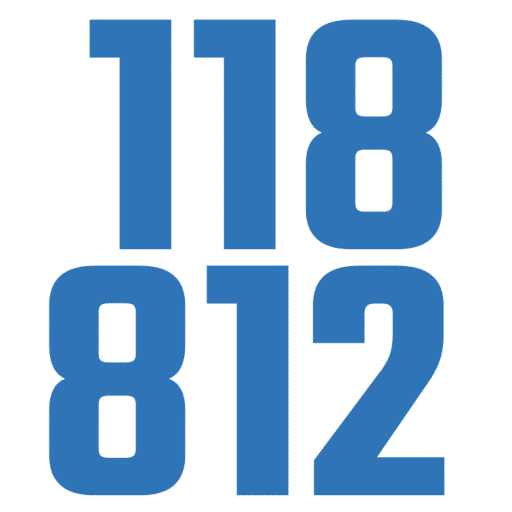A sudden pandemic disrupted all sectors of the economy in 2020, with countries taking various lockdown measures. For an international company like Whale Cloud, it became an unprecedented challenge to deliver global projects – especially digital transformation projects – on time.
In this interview, Dora Xu, Executive Vice President of Whale Cloud International who oversees Global Delivery and Operations, explains how to ensure the stable operation of global customers’ systems under the impact of the pandemic, how to achieve on-time delivery of large-scale projects, and shares the best practices of « Global Digital Transformation Delivery During the Epidemic » and the new delivery approach in the post-pandemic era.
When it comes to delivering a digital transformation project, services and support teams of both vendors and CSPs always work closely on-site. The pandemic, however, changed the situation and affected such connections. How did Whale Cloud transform its delivery model to ensure successful delivery of projects?
In large-scale software delivery projects, remote delivery is more challenging. It involves not only the difference in communication and understanding of requirements between the two parties, but also how to leverage effective project management methods to encourage all departments of CSPs and external partners to fully participate in the whole project, and match our delivery pace. Digital transformation projects are more special as they often need business process renovation and business model innovation, and multiple departments in the organization are involved, rather than traditional IT department-dominated way. At the same time, overseas projects will also encounter differences and challenges such as regulations, time zones, language, and culture.
Before the pandemic, Whale Cloud already had a deep understanding and exploration of remote delivery, and the new situation was a catalyst in accelerating the implementation of its new delivery model. To maximize the value of remote delivery, we needed to conduct adjustments and shifts in organizational structure, methodology and process, technology and tools.
A large-scale project involves hundreds of people. Take U Mobile as an example: a project we completed in 2022 which involved about 500 people distributed across 9 cities in 6 different countries. The reasonable allocation of the Agile Release Train (ART) team and Scrum team needs to be considered horizontally and vertically in terms of geography, job types, and work tasks. It is also necessary to adjust the organizational structure in real-time at different stages according to the duration of the project.
The alignment of goals and paces between the ART team and the Scrum team can achieve synchronization despite time zone and geographical differences. This involves alignment at different dimensions, including strategic goals, management plans, business requirements, and technical solutions. For the strategic and management alignment, we adopt the latest « large-scale lean-agile » concept and conduct Steering Committee (SteerCo), Executive Committee (EC) and daily stand-up meetings. At the technical/business level, we use the Lean Kanban mechanism for alignment, and Separation of Concerns (SoC) – that is, « research and develop on rhythm, release on demand » – to enable different teams in different time zones to work at their own pace without waiting for each other.
In terms of technology and tools, the cloud-native technology isolates the environmental differences between different locations, makes one-click deployment and one-click upgrade possible, and simplifies the difficulty of remote troubleshooting. The ZCM DevOps platform developed by Whale Cloud realizes the Continuous Integration and Continuous Delivery (CI/CD) of the business value stream. With the cloud delivery platform (eDo), the task flows are transparent between different teams. The delivery process and problems can be visualized through dashboards so that all project members can see it at a glance. Information and risks are scattered due to multi-faceted and off-site remote delivery; visualization management is an essential means to solve these issues. Remote delivery can be implemented more efficiently, safely and economically through this combination.
For large-scale software projects, especially digital transformation projects, CSPs focus much more on minimizing risk and impact on businesses while realizing business agility during system migration, which has become a challenge for vendors. How does Whale Cloud address this challenge?
The organizational division between ART and Scrum, the adoption of the SoC approach (research and develop on rhythm, release on demand), and CI/CD aim to achieve agile delivery of business value streams. To ensure the reliability of migration from a legacy system to a new system and eliminate the risk, we leveraged an innovative migration approach called Bridging, which enabled online migration and allowed legacy and new platforms to run in parallel, realizing agile and stable migration.
Whale Cloud has extensive experience in delivering digital transformation projects. What do you consider the most noteworthy example from recent years?
We have successfully delivered many projects with the remote delivery approach, including DITO Telecommunity in the Philippines, WOM in Chile, SilkNet in Georgia, MTN in Rwanda and WOM in Colombia. The BSS Transformation of U Mobile impressed me the most as it is the best practice for both remote delivery and smooth migration. We have mitigated the risk and improved maturity in business operations for U Mobile without impact on customer experience. It has also recently won the Project Excellence Awards from Project Management Institute (PMI) China.
The BSS Transformation of U Mobile is a large-scale project with nearly 500 team members, including Whale Cloud’s R&D and delivery team, U Mobile’s IT and business departments, and 70+ partners. In the early phases of the project, Whale Cloud and U Mobile consultants worked together to define and optimize the business model & processes, formulating the goals and correct paths to realize the transformation. Although the pandemic affected the delivery phase as we could not work with U Mobile on-site, we achieved the goals by introducing a large-scale lean-agile approach and conducting a combination of Program Increment (PI) and Sprint.
It seems like Whale Cloud has already developed a mature and practical methodology. Can you share more details with us?
Over the years, we have accumulated extensive experience in large-scale projects, and refined a set of delivery concepts, or methodologies applicable to large-scale software projects by reinventing our organization, processes, and tools – this is what we call Digital Transformation Delivery Framework (DTDF). It is divided into four layers.
The delivery strategy layer is the stage of aligning the delivery strategy and digital transformation goals, or we can say decomposition and refinement from CSPs’ digital transformation goals to the delivery strategy. We work with CSPs to identify « value-first » transformation requirements, and then make the delivery strategy, scope, KPIs and acceptance criteria.
The delivery tactics layer is to complete the tactical delivery arrangements such as project plan, organizational formation, and management process of delivery strategy objectives. It aims to reach an agreement on the tactical arrangement of project delivery methods.
The delivery execution layer is the process of project execution and value delivery. With the agile and stable delivery approach, each team can achieve rapid value delivery by completing the pre-set strategic objectives and adjusting measures to local conditions.
The fourth layer is the continuous evaluation process. Continuous iteration, metrics measurement, adjustment and optimization for the stage delivery results help set delivery strategies and goals for the next stage of transformation.


